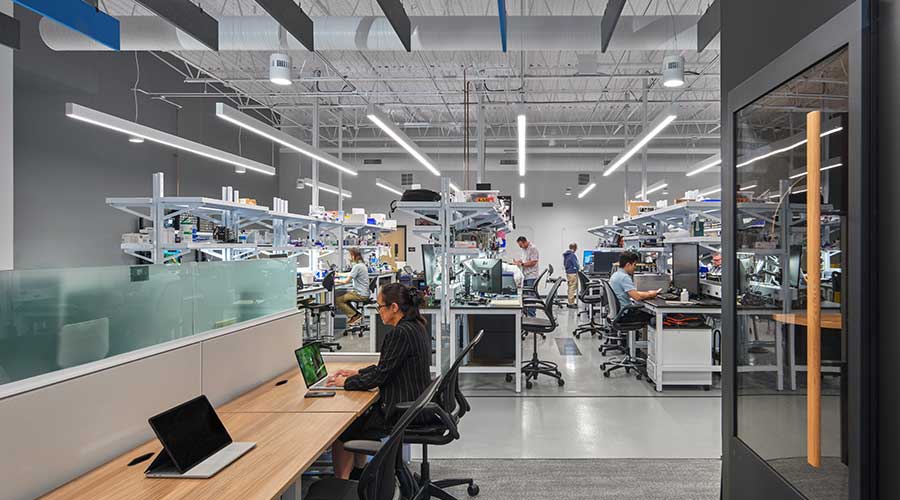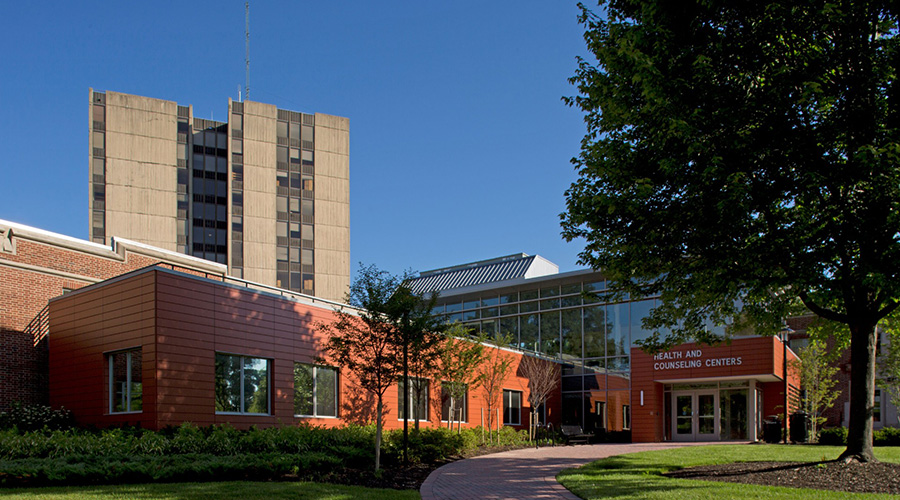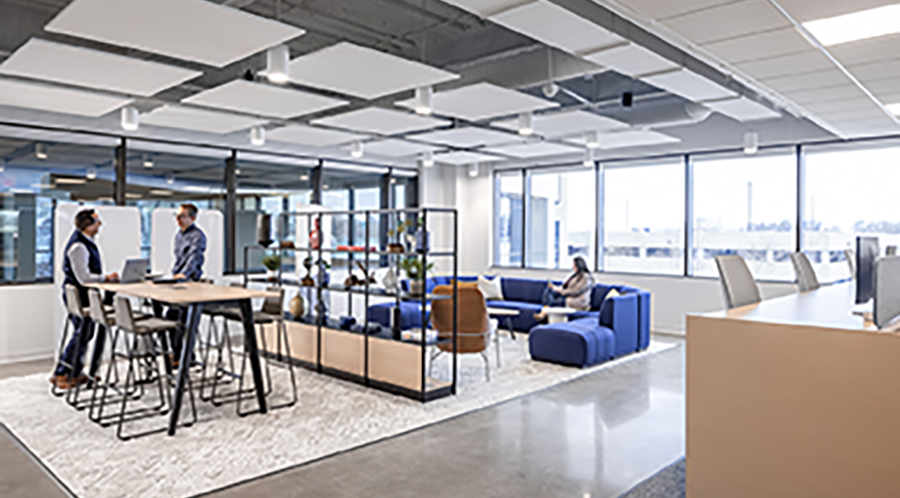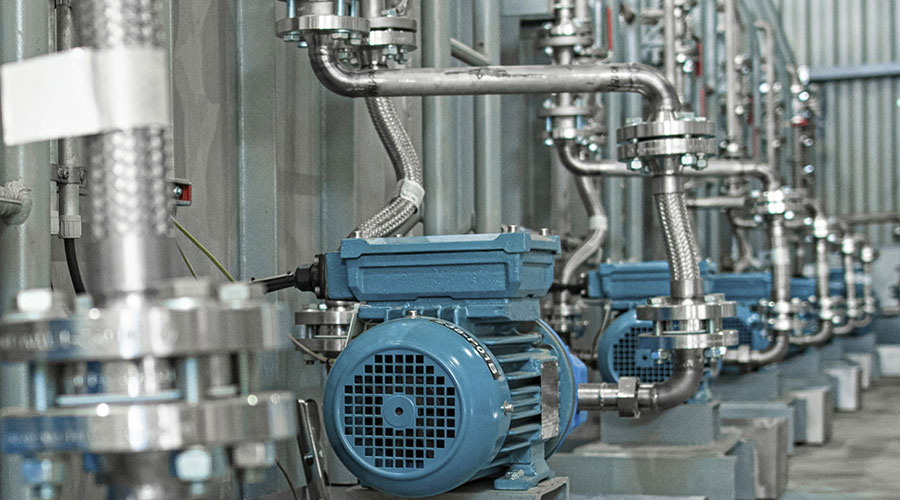7 Ways Workplace Design Enhances Occupant Health and Wellness
Return to office means facility managers must work hard to make an inviting workplace. Here are tips on how to do that.
By Brett Polich, Contributing Writer
According to a 2023 report from Resume Builder, 90 percent of companies will return to the office by the end of 2024. What’s more, nearly 30 percent of leaders will threaten to do away with employees who do not comply with in-office requirements.
As more employees are required to return to the office, it’s more important than ever for companies to provide well-designed workspaces that promote employee health and wellness. We know workplace design can have a significant impact on employee’s physical and mental health, but how exactly? Well, for starters, a poorly designed office contributes to stress and discomfort and can lead to health issues.
Here are seven ways to transform your workspace by enhancing employee wellness without breaking the bank.
1.) Incorporate natural light and ventilation. Offices with good natural light and proper ventilation create a more comfortable environment. Exposure to natural light has been shown to improve one’s mood, reduce stress and regulate circadian rhythms. A recent study from Cornell University found that workers exposed to natural light experienced an 84 percent drop in issues including blurred vision, eyestrain and headaches.
Take it up a notch and add elements of nature into the workspace such as indoor plants and natural materials. Doing so can improve air quality and also reduce stress.
2.) Choose the right layout. Office space drives company culture. The layout reflects your vision of how you want your organization to run. Gone are the days of sitting in one spot typing all day. Activity based working offers staff a chance to move around. Originally coined by Dutch consultant Erik Veldhoen in his 1994 book “The Demise of the Office,” activity-based working is taking hold in the post Covid workplace as it offers staff a myriad of work setting types that allow them to move around and choose what works best for them and their task at hand.
3.) Enhance ergonomics. Employee dissatisfaction starts with a bad chair. Your facilities manager should be telling you the desk chair is the most important thing you buy for your staff. In fact, we tell our clients to spend more on the task chair than on the desk itself.
Physical discomfort drives employee disconnection and mental anguish. With multiple generations and multiple physical types, furniture needs to be responsive and flexible. Ergonomically designed chairs, workstations and ancillary furniture don’t just help prevent soft tissue injuries and extend your team’s productivity, offering them shows your staff you care about them.
4.) Align the aesthetic with your culture. Don’t buy that foosball table if you don’t have a culture that plays games. However, you should buy a nice coffee machine if you and your team love java. Choose colors, textures, and materials that say here’s who we are or who we want to be. Even if your company colors look good on the website, they don’t have to go on the office walls. Use branding to enhance the space, not overpower it. Your team already knows where their paycheck comes from.
5.) Think about community. A staff member who connects and has a community at work, will want to come to the office. Your workspace can be the basis of that community, encouraging social interaction and collaboration. Incorporate common areas, shared kitchens and dedicated spaces for team gatherings to enhance mental wellness and connected communication.
6.) Don’t forget about privacy. A lack of privacy in an employee’s workspace can hinder their sense of autonomy and can cause their productivity to suffer. According to Hubspot, 69 percent of employees say they’d work harder if they were better appreciated. Giving staff access to private, heads down spaces is a simple way to demonstrate employee appreciation. The reality is people make personal calls at work – the dentist, the kid’s school, you name it. Have you seen people in the public hallway leaning against the wall while talking on the phone? Well, that’s because they have no privacy at work.
What if your office has an open workspace? Privacy doesn’t mean everyone needs a private office. Small phone rooms, lounge spaces, huddle rooms and other spaces can support people’s workdays. Not just for phone calls, but also for when they are heads down doing their day-to-day tasks.
7.) The animal that is technology. Technology can ruin a facility manager’s budget, drive the CFO nuts, and alienate staff. After working on thousands of workplace projects, it’s clear the ticket to success is not overspending on the latest and greatest gismo. Find the right balance. A good place to start is the infrastructure. Install great WIFI and look for buildings with a Distributed Antenna System to boost cell phone service (there’s plenty out there).
Think about your boardroom. Do you need that super complicated video conference system? If yes, then purchase it. Before you do, ensure you have staff who can efficiently use it to run your meetings. Why? If your team can’t just walk in and have it work, they won’t use it.
According to a recent Gallup survey, disengaged employees cost U.S. Companies $400-$500 billion each year. Your workspace tells your staff what you think of them and what you expect of them. A well-thought-out design that prioritizes function, comfort, health and productivity can lead to happier, healthier and more engaged employees.
Brett Polich, AIA, is Managing Principal at EWP Architects.
Related Topics:












